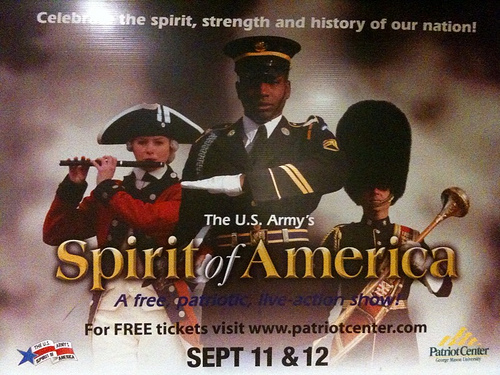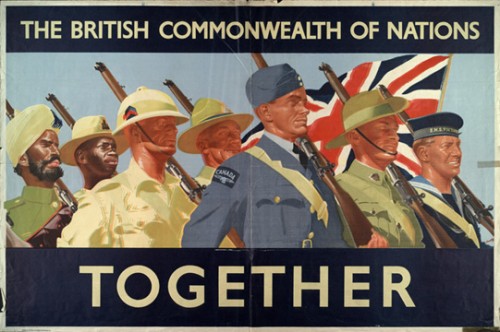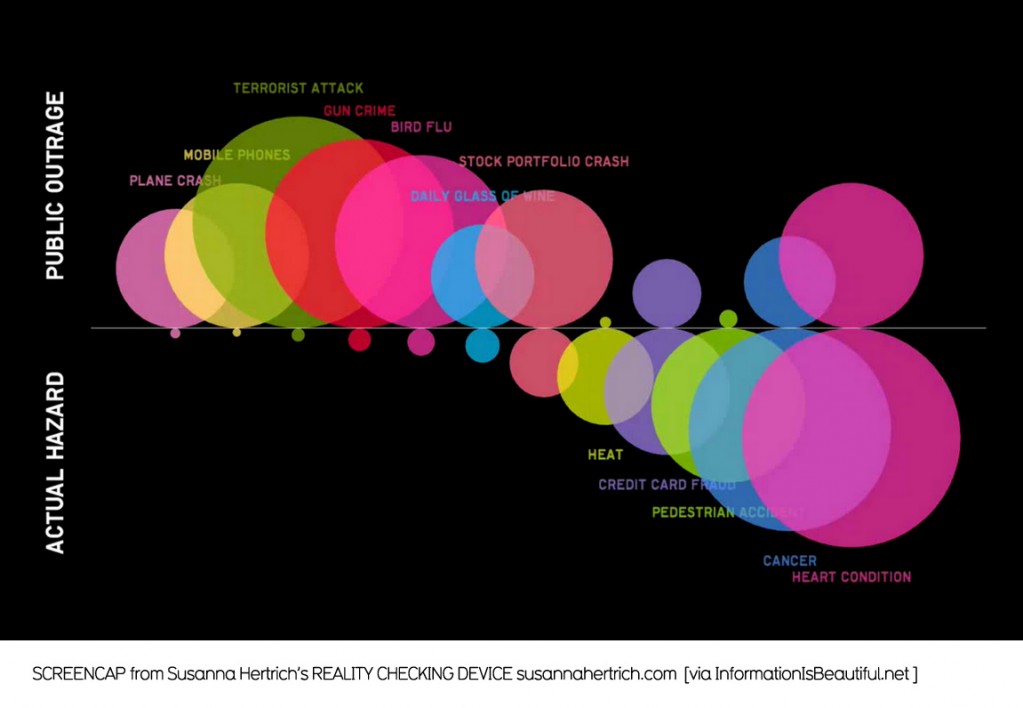NEWS:
Remember, if you’re so inclined, we’re on Facebook and Twitter!
We’d like to draw your attention to the comments thread on an old post, Marketing Asian Women to Anti-Feminist Men. While, to be frank, I don’t think the post was very strong in itself, it attracted the attention of the very men to whom I argued Asian women were being marketed. Their comments are a really fascinating insight into the logics of white men who prefer Asian women. It’s a pretty amazing read.
If anyone without access to journal databases would like a copy of my most recent publication, “Defining Gendered Oppression in U.S. Newspapers: The Strategic Value of ‘Female Genital Mutilation’” (Gender & Society, 2009), I’d be happy to email you a copy. Just send us a note at socimages@thesocietypages.org.
FROM THE ARCHIVES:
One year ago in September, we dissected a news story about “black and white twins.” The story reveals a great deal about how Americans think about race and so we decided to revive it for today.
Two years ago in September, when we were but a wee blog, we posted our first PostSecret about the pressure one man feels to perform masculinity.
NEWLY ENRICHED POSTS (Look for what’s NEW!):
Race
We found more examples of black models (Naomi Campbell again, Iman, and Grace Jones) being posed with or as animals and added them to our post on the topic (not safe for work). Bri A. also sent in some photos of Bratz Nighty Night dolls; only the dark-skinned doll is in leopard print pajamas.
We added an image that questions why we accept American Indian sports mascots when we’d surely express outrage if other minorities were used as mascots to our post on Native American mascots.
Discourse
Man poisons wife; Reuters says it was an act of love. Screenshot here (scroll down).
Gender and Symbols
I snapped two pictures at the Dublin airport of warning signs for moving sidewalks that, like an earlier example, mark stick figures as female as soon as a child is involved. Also new to the same post, Emanuelle sent us an example of a sign showing a stick figure with a child… and the figure isn’t clearly marked as female.
We also added a photograph to our collection of traffic signals that feature a female instead of a male figure. This one, from New Zealand, was spotted by Pharmacopaeia.
Sarah D. sent in another example of the feminization of sugar.
Socialization and Gendered Products
We added commercials for two more toys that socialize girls into cooking and other housework to our post about the Hasbro Rose Petal cottage.
The trailer for the movie Teenage Doll, another old movie about teens going crazy with lust, made a nice addition to our post with other examples on the same theme.
As we often do, we have more examples of gendered kids’ products: boys’ and girls’ versions of a book on “how to be the best at everything.” They make a nice pair with the girls’ and boys’ doodle books we posted here.
More pointlessly gendered products! Now sunscreen comes in a version just for girls (scroll all the way to the bottom of the post).
Objectification of Women
Giorgos sent us another fantastic PETA ad, this one implying that you might get to see “explicit footage” of Pamela Anderson. We added it to our post on how PETA objectifies women.
How many boob-focused ads for the video game Evony can there be? At least three more. Thanks to D.R.S., Alex B., Wtfcats, and Kim H. for sending them in!



